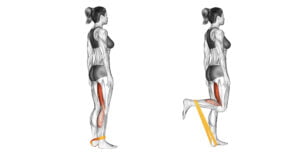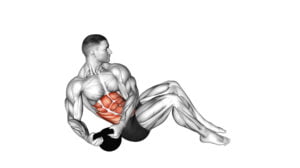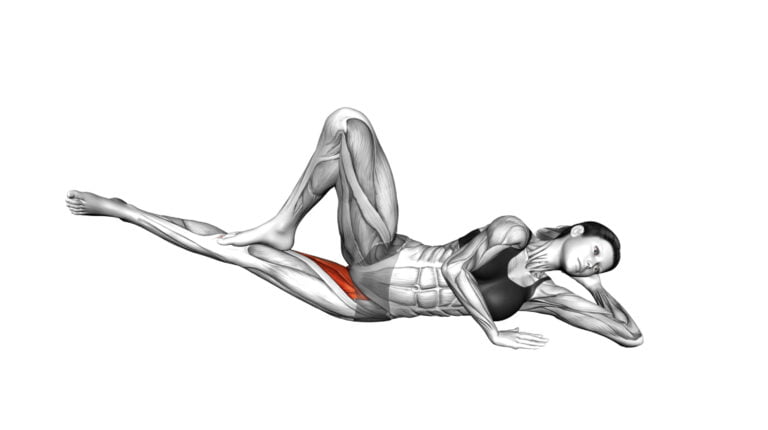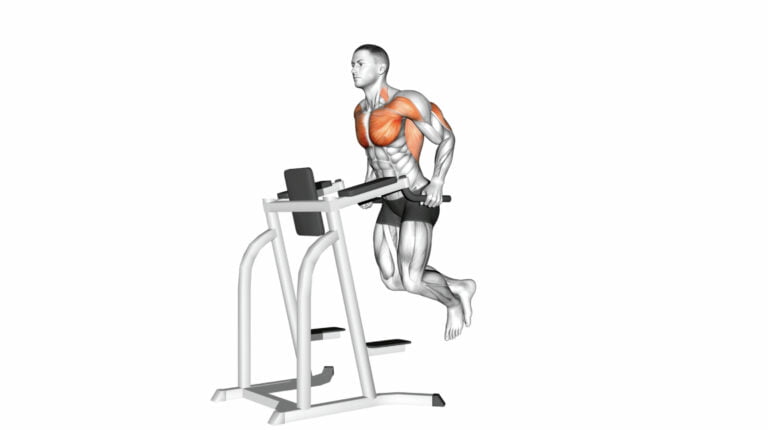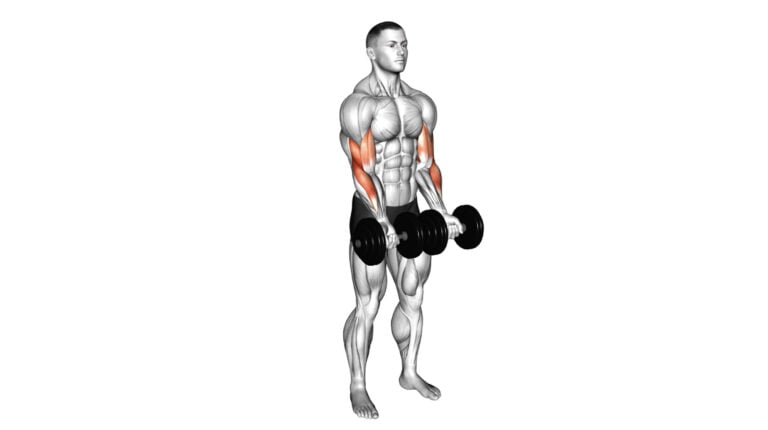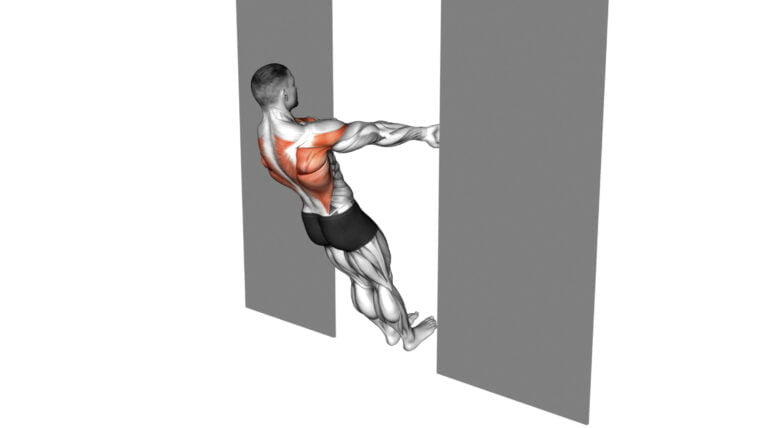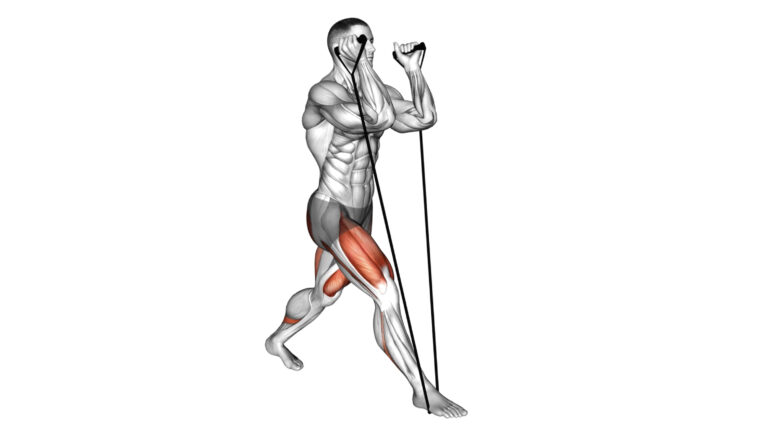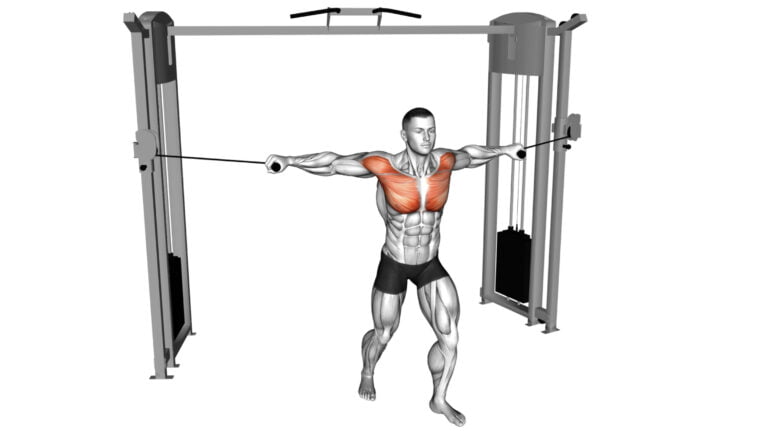Top 7 Effective Gastrocnemius Exercises For Stronger And Toned Calves
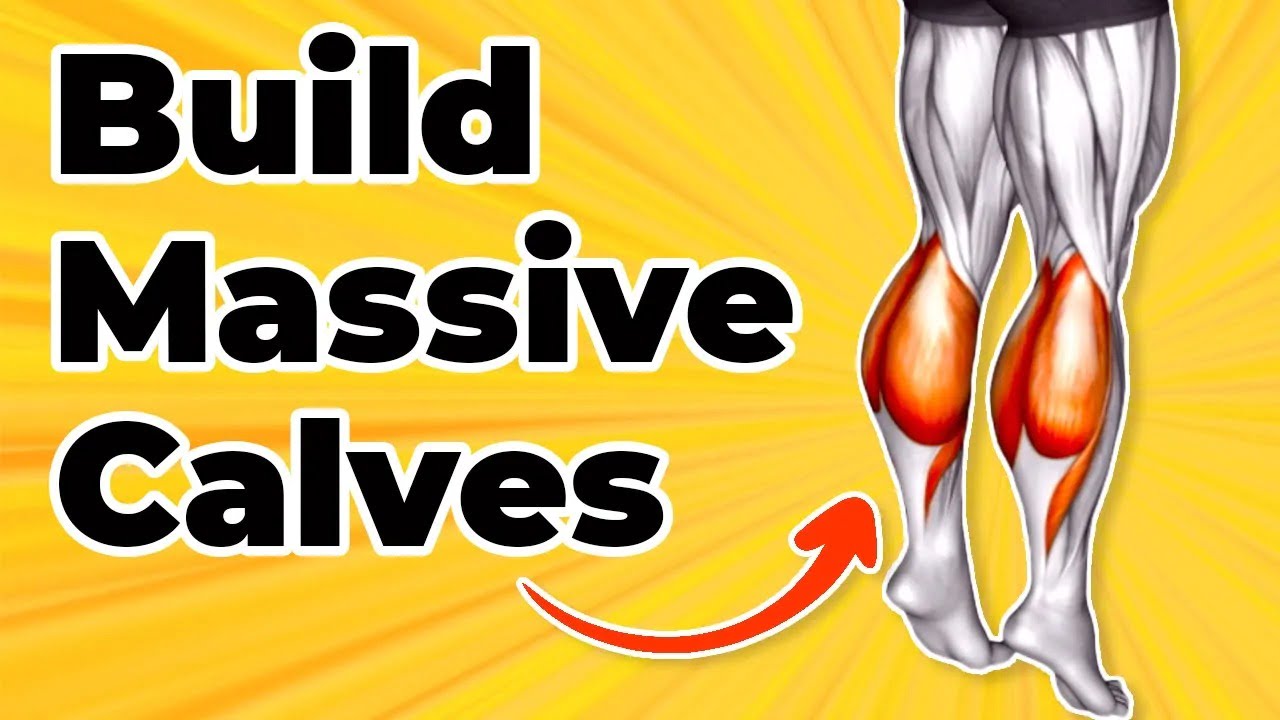
Watch the video to see these 7 Gastrocnemius Exercises in action!
Jumpstart your calf workout routine by hitting play on the “7 Best Gastrocnemius Exercises” video. As you watch, expert trainers demonstrate each move, giving you visual cues to perfect your form and technique.
Witness how they execute a barbell standing calf raise with precision or balance during a dumbbell single leg calf raise.
Mimic their movements in real time or take notes for later—this video is an invaluable resource for anyone looking to strengthen and tone their gastrocnemius muscle from the comfort of home or at the gym.
You’ll see exactly how to position your feet during seated calf raises and the correct way to press up during sled 45 calf presses without straining the Achilles tendon. By engaging with this visual guide, you prepare yourself to maximize muscle growth while minimizing injury risk during your lower leg workouts.
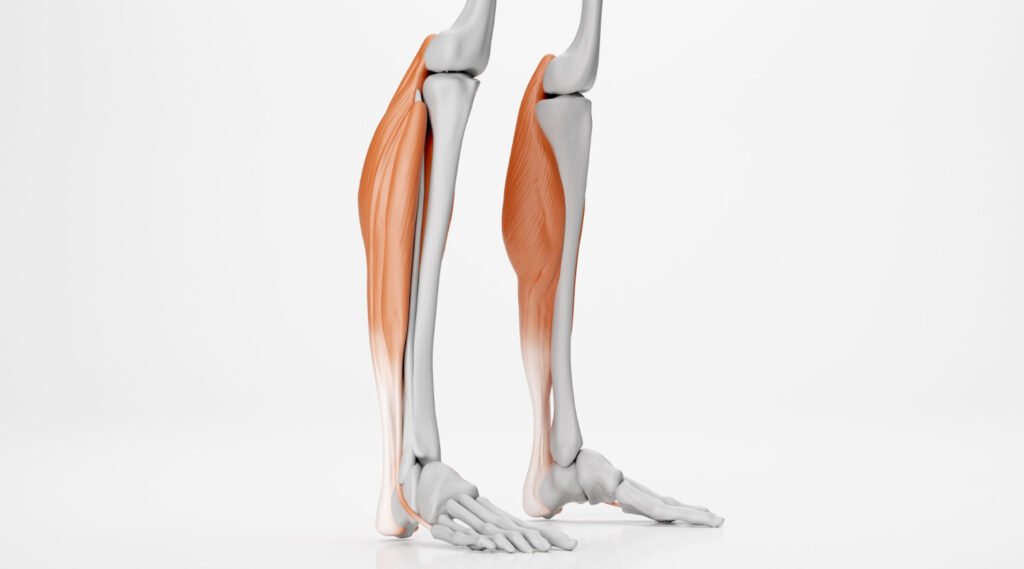
Having muscular and well-defined calves isn’t just about aesthetics; it’s a matter of strength and stability that benefits your entire kinetic chain, from foot to hip. Despite their importance in daily activities such as walking, running, and jumping, the calf muscles often remain an afterthought in many fitness routines.
With my years of experience as a certified personal trainer focused on functional strength, I’ve seen firsthand how targeted calf training can revolutionize clients’ athletic performance and prevent injuries.
Strong calves are pivotal for explosive movements and serve as the foundation for balanced lower limb function. Within this blog post lies a treasure trove of information specifically crafted to enhance the power and shape of your gastrocnemius muscle – one of the key muscles responsible for those coveted defined calves.
As we dive into these top 7 exercises, you’ll not only learn how to build strength but also discover techniques for achieving tone that will have you flaunting your lower legs with confidence.
Ready to give your calves the attention they deserve? Let’s step up!
Key Takeaways
- Doing exercises like barbell floor calf raise and seated calf raises can help increase your gastrocnemius muscle strength, which is vital for movements such as running and jumping.
- Stretching the calves is just as important as strengthening them; it improves flexibility, prevents injury, and reduces muscle soreness after workouts.
- Using proper form when performing these exercises helps prevent injuries. If you feel discomfort or pain during a workout, adjust the intensity to avoid strain.
- Gradually increasing weight and repetitions in your calf workouts can stimulate growth in the gastrocnemius muscles without risking overuse injuries.
- Single – leg exercises like the dumbbell single leg calf raise are great for improving balance and stability by working on each calf individually.
Understanding the Importance of Strong and Toned Calves
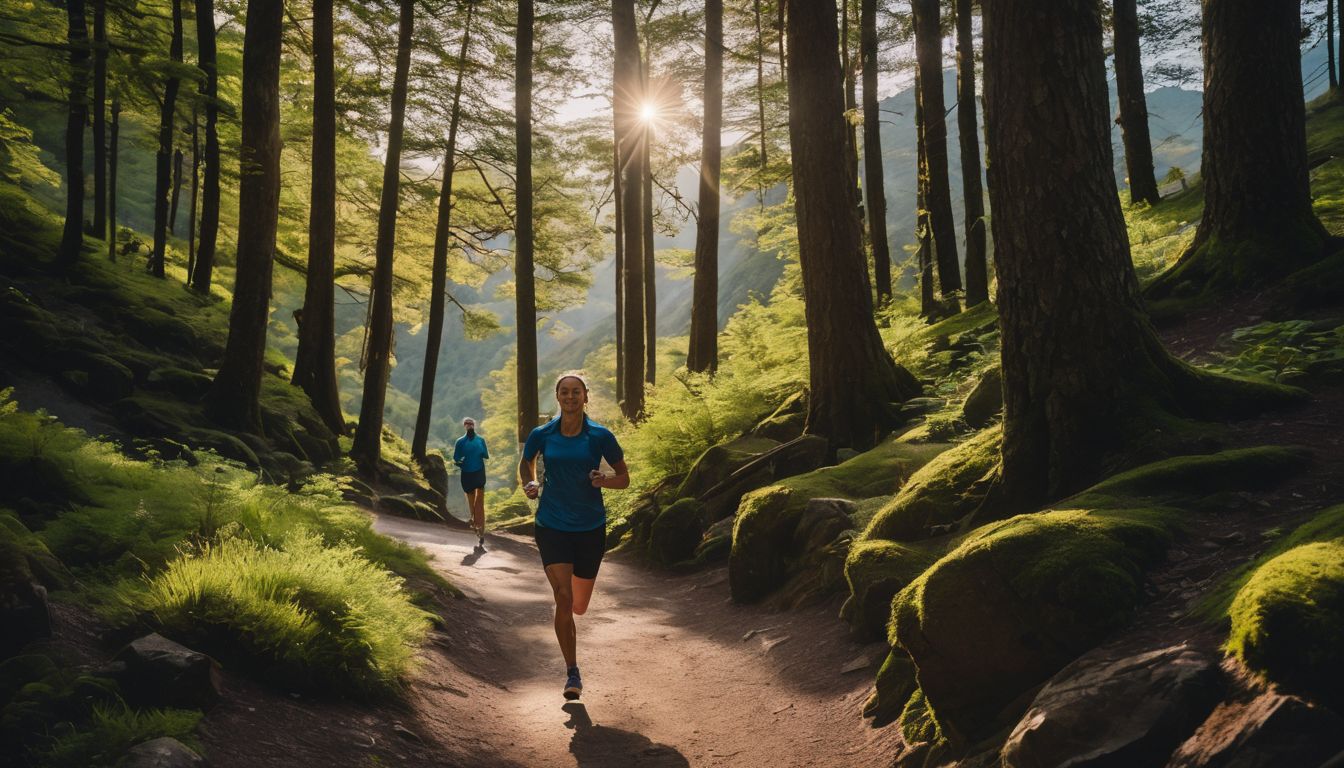
Strong and toned calves are not only visually appealing, but they also play a crucial role in supporting our body weight and promoting balance. The gastrocnemius and soleus muscles in your calf help with walking, running, jumping, and standing on tiptoes.
This is why it’s important to incorporate exercises that target these muscles to keep them strong and functional.
Benefits of strong calves
Strong calves support better balance and stability in everyday movements, making tasks like walking up stairs or standing on tiptoes much easier. They also contribute to a more powerful stride for runners and athletes, helping them move quicker and with greater efficiency.
Having strong calf muscles can reduce the risk of lower-leg injuries such as shin splints or Achilles tendonitis by providing solid support to your ankle joints.
Moreover, well-toned calves enhance overall leg aesthetics which can boost self-confidence. Strength training exercises aimed at the gastrocnemius muscle not only improve physical appearance but also increase metabolic rate, aiding in weight loss efforts.
Stronger calves facilitate activities that require explosive power like jump squats and plyometrics, enabling you to perform these high-energy movements without fearing strains or sprains.
Role of gastrocnemius and soleus muscles
Building on the foundation of strong calves, it’s crucial to understand how the gastrocnemius and soleus muscles contribute. Positioned in the lower leg, these two powerful muscles work together to facilitate movement.
The gastrocnemius is the larger calf muscle, forming the bulge visible beneath the skin. When you do activities like jumping or running, this muscle springs into action providing power and speed.
The soleus muscle, although not as apparent as its counterpart, plays a vital role in maintaining posture and stability. It lies underneath the gastrocnemius and is activated during activities that require endurance like walking or standing for long periods.
Both muscles join at the Achilles tendon which then attaches to your heel bone making them essential for pushing off with your foot and absorbing impact while doing calf-strengthening exercises.
Keeping these muscular titans fit ensures peak performance whether you’re sprinting down a track or simply climbing up stairs.
The Top 7 Effective Gastrocnemius Exercises
Discover the top 7 effective gastrocnemius exercises that will help strengthen and tone your calves, including barbell floor calf raise, dumbbell single leg calf raise, and smith reverse calf raises.
1. Barbell Floor Calf Raise
To perform the barbell floor calf raise, start by setting a loaded barbell on a rack at about knee height. Then, sit on the floor with your knees bent and position the balls of your feet underneath the bar.
Lift your hips off the ground and straighten out your legs to carefully lift the bar with your calves. Lower it back down and repeat for the desired number of repetitions to strengthen and tone your gastrocnemius muscles effectively.
This exercise targets the gastrocnemius muscle through a full range of motion, helping to improve ankle stability and overall lower body strength. Incorporating this exercise into your workout routine can contribute to more defined calf muscles while also enhancing athletic performance in activities such as running and jumping.
2. Barbell Seated Calf Raise
Transitioning from the Barbell Floor Calf Raise to the next effective gastrocnemius exercise, we have the Barbell Seated Calf Raise. This exercise targets your gastrocnemius muscle while seated, allowing for a different angle of engagement.
To perform the Barbell Seated Calf Raise, sit on a bench with a barbell placed on your thighs. Position the balls of your feet on a block or step with heels extending off and place the barbell over them.
Lift the bar by straightening your ankles as high as possible before slowly lowering it below parallel. This movement effectively works your calf muscles through their full range of motion, promoting strength and definition in this area.
3. Barbell Standing Calf Raise
Performing barbell standing calf raises is an effective way to target and strengthen the gastrocnemius muscles in your calves. To do this exercise, place a block or step under the balls of your feet and stand with your heels hanging off the edge.
Holding a barbell across your shoulders, rise onto the balls of your feet by pushing through them until you’re on tiptoes. Lower yourself back down until you feel a stretch in your calves, then repeat.
Executing barbell standing calf raises helps develop strength and stability in the lower legs while also contributing to improved balance and overall athleticism. Focusing on proper form and gradually increasing weight can maximize benefit without risking strain or injury.
4. Dumbbell Single Leg Calf Raise
Transitioning from the barbell standing calf raise to the dumbbell single leg calf raise, this exercise targets each calf individually, enhancing balance and stability. To perform this exercise, stand on a raised surface with your toes on the edge and hold a dumbbell in one hand for added resistance.
Lift one foot off the ground and lower your heel as far down as possible, feeling the stretch in your calf. Then, rise up onto your toes as high as you can go before lowering back down.
Repeat for the desired number of reps before switching to the other leg.
5. Lever Seated Calf Raise (plate loaded)
To perform the lever seated calf raise using a plate-loaded machine, sit on the bench and place your thighs under the leg pad. Position your toes and balls of your feet on the foot platform with your heels hanging off.
Push through the balls of your feet to raise the weight by extending your ankles as high as possible, then slowly lower back down until you feel a stretch in your calves.
This exercise targets the gastrocnemius muscle and helps build strength and definition in the calves. It also engages other muscles such as the soleus, which supports ankle stability and movement.
6. Sled 45 Calf Press
After mastering the lever seated calf raise, progress to the sled 45 calf press for a dynamic workout targeting the gastrocnemius muscles. This exercise involves using a sled machine with added weight on your shoulders and pushing off with your toes, providing resistance for an intense calf workout.
Utilize controlled movements and proper form when performing the sled 45 calf press to effectively engage and strengthen your gastrocnemius muscles. Remember to start with light weights and gradually increase as you build strength and endurance in your calves.
The sled 45 calf press is an excellent addition to any lower body routine, helping you achieve stronger and more defined calves.
7. Smith Reverse Calf Raises
To perform Smith reverse calf raises, stand on the edge of a step with your heels hanging off. Lower your heels below the step, then raise them as high as possible by flexing your calves.
Use the Smith machine for added stability and adjust the weight according to your strength level.
This exercise effectively targets the gastrocnemius muscle and helps in achieving stronger, more defined calves. The controlled motion allows for a full range of motion to engage the entire muscle fibers in your calves.
Tips and Safety Guidelines for Doing These Exercises
Always ensure proper form and technique when performing these exercises to avoid injury. Gradually increase weight and reps as your strength improves, and always listen to your body to prevent overtraining or strain.
Proper form and technique
Maintain proper form and technique while performing these exercises to maximize effectiveness and prevent injury. Keep your back straight, core engaged, and shoulders relaxed during calf raises.
For seated calf raises, adjust the machine so that your knees are in line with the lever’s pivot point. When doing single-leg calf raises or Smith reverse calf raises, ensure that your standing leg remains slightly bent to avoid locking out the knee joint.
Engage the gastrocnemius muscles by pushing through the balls of your feet and lifting your heels as high as possible during each repetition. Concentrate on a slow and controlled movement rather than using momentum to lift weights when performing any weighted calf exercise.
Gradually increasing weight and reps
After mastering the proper form and technique, it’s time to challenge your calf muscles by gradually increasing weight and reps. As you progress in your gastrocnemius exercises, consider adding more resistance or weights to push your muscles further.
Gradually increase the number of repetitions as well to continue challenging and strengthening your calves effectively.
Increasing weight and reps should be done cautiously to prevent injury. It’s essential to listen to your body and avoid overexerting yourself, as pushing too hard can lead to strains or other calf injuries.
Listening to your body
To avoid injuries and maximize the benefits of these exercises, it’s crucial to listen to your body. Pay attention to any discomfort or pain during calf workouts, which can be a sign of overexertion or improper form.
If you experience persistent muscle soreness or unusual sensations in your calves, consider adjusting the intensity or seeking guidance from a fitness professional. Gradually increasing weight and reps is important, but it’s equally essential to tune into your body’s signals for a safe and effective workout.
Being attentive to how your body responds during each exercise can help you tailor your calf training regimen to suit your individual needs. Whether it’s adjusting the range of motion, modifying foot position, or altering the amount of resistance used, being in tune with your body allows for personalized adaptations that promote better outcomes.
Importance of Stretching for Strong and Healthy Calves
Stretching is crucial for maintaining strong and healthy calves, as it helps to improve flexibility, reduce the risk of injury, and alleviate muscle tightness. These top 5 exercises for stretching calves will help you maintain optimal calf health and performance.
Benefits of calf stretches
Calf stretches offer numerous benefits for muscle flexibility and overall lower body mobility. They enhance blood circulation to the muscles, which aids in the prevention of injury and reduces muscle soreness.
Regular stretching also helps improve calf muscle strength and promotes better posture by releasing tension from prolonged sitting or standing.
Incorporating calf stretches into your exercise routine can lead to greater agility and improved athletic performance, enabling you to move more efficiently during various physical activities such as running, cycling, or even simple daily tasks like walking.
By maintaining flexible calf muscles, you can minimize the risk of developing conditions like plantar fasciitis and Achilles tendinopathy, ensuring a healthier lower body overall.
Top 5 exercises for stretching calves
Stretching the calves can enhance flexibility and reduce the risk of injury. Here are the top 5 exercises for stretching calves:
- Standing Calf Stretch: Stand facing a wall with your hands on the wall at shoulder height. Place one foot behind the other and bend your front knee while keeping your back leg straight. Lean forward to stretch the calf of your back leg.
- Downward Dog: Begin in a plank position and lift your hips upward, forming an inverted V-shape. Press through your hands and heels to stretch the calves and hamstrings.
- Seated Calf Stretch: Sit on the floor with your legs extended in front of you. Loop a yoga strap or towel around the ball of one foot and gently pull it towards you to feel a stretch in your calf.
- Towel Stretch: Sit on the floor with both legs straight out in front of you. Loop a towel around the ball of one foot and use it to pull that foot towards you, feeling a stretch in your calf.
- Calf Raises: While not strictly stretching, performing slow and controlled calf raises on a step or elevated surface can help improve flexibility in addition to strengthening these muscles.
Conclusion
In conclusion, these top 7 effective gastrocnemius exercises offer practical and efficient ways to strengthen and tone your calves. By incorporating these strategies into your workout routine, you can experience significant improvements in calf strength and overall lower body stability.
Remember to focus on proper form, gradually increase weight and reps, and listen to your body for optimal results. Further reading or consulting a fitness professional may provide additional guidance tailored to individual needs.
Take the first step towards stronger calves today – the results will speak for themselves!
FAQs
1. What are the best exercises for my gastrocnemius muscle?
Some of the top exercises for strengthening your gastrocnemius muscle include calf raises, high knees, plyometric jumps, and squats.
2. Can I still do gastrocnemius exercises with a calf injury?
You should consult a physiotherapist before doing any calf exercises if you have an injury; they can suggest safe alternatives or rehab exercises.
3. How does exercise help my calves get stronger?
Exercises like weighted calf raises work your gastrocnemius muscle by lifting weights while in a standing position, which builds muscle strength and tone.
4. Are there specific exercises that target both parts of the calf muscles?
Yes! Moves such as downward dogs and lunges flex both the larger gastrocnemius and smaller soleus muscles at once for comprehensive strengthening.
5. What are some tips to prevent cramps when exercising my calves?
To avoid cramps during your workout, maintain a balanced diet with nutrients like creatine, stay hydrated, warm-up properly, and stretch after exercising.
6. Is it better to use heavy weights or more repetitions when working out my calves?
Both methods can be effective depending on your goals; weight training with heavy loads builds mass while high reps improve endurance in the fast-twitch fibers in your calves.

Author
Years ago, the spark of my life’s passion ignited in my mind the moment I stepped into the local gym for the first time. The inaugural bead of perspiration, the initial endeavor, the very first surge of endorphins, and a sense of pride that washed over me post-workout marked the beginning of my deep-seated interest in strength sports, fitness, and sports nutrition. This very curiosity blossomed rapidly into a profound fascination, propelling me to earn a Master’s degree in Physical Education from the Academy of Physical Education in Krakow, followed by a Sports Manager diploma from the Jagiellonian University. My journey of growth led me to gain more specialized qualifications, such as being a certified personal trainer with a focus on sports dietetics, a lifeguard, and an instructor for wellness and corrective gymnastics. Theoretical knowledge paired seamlessly with practical experience, reinforcing my belief that the transformation of individuals under my guidance was also a reflection of my personal growth. This belief holds true even today. Each day, I strive to push the boundaries and explore new realms. These realms gently elevate me to greater heights. The unique combination of passion for my field and the continuous quest for growth fuels my drive to break new ground.





